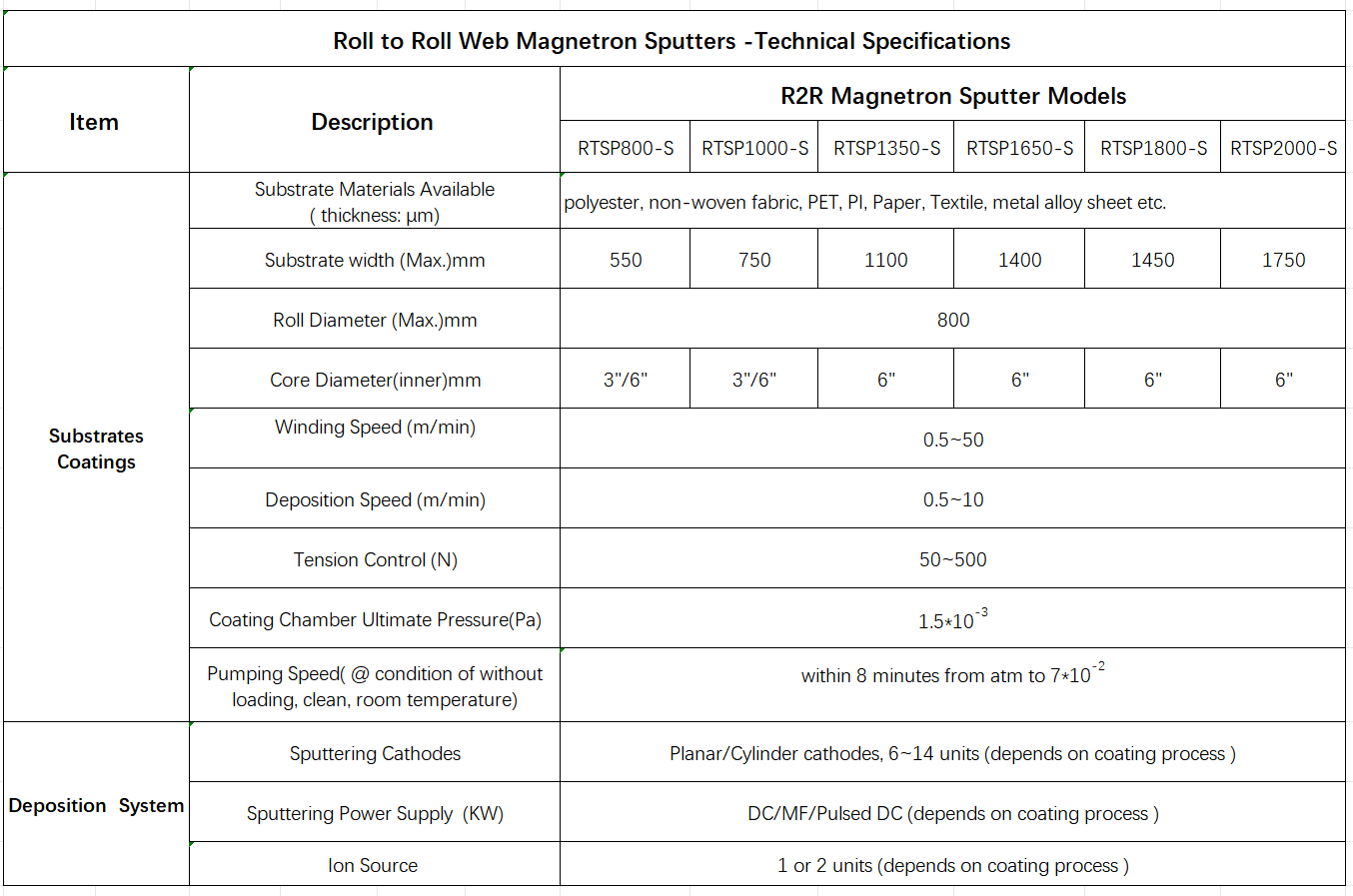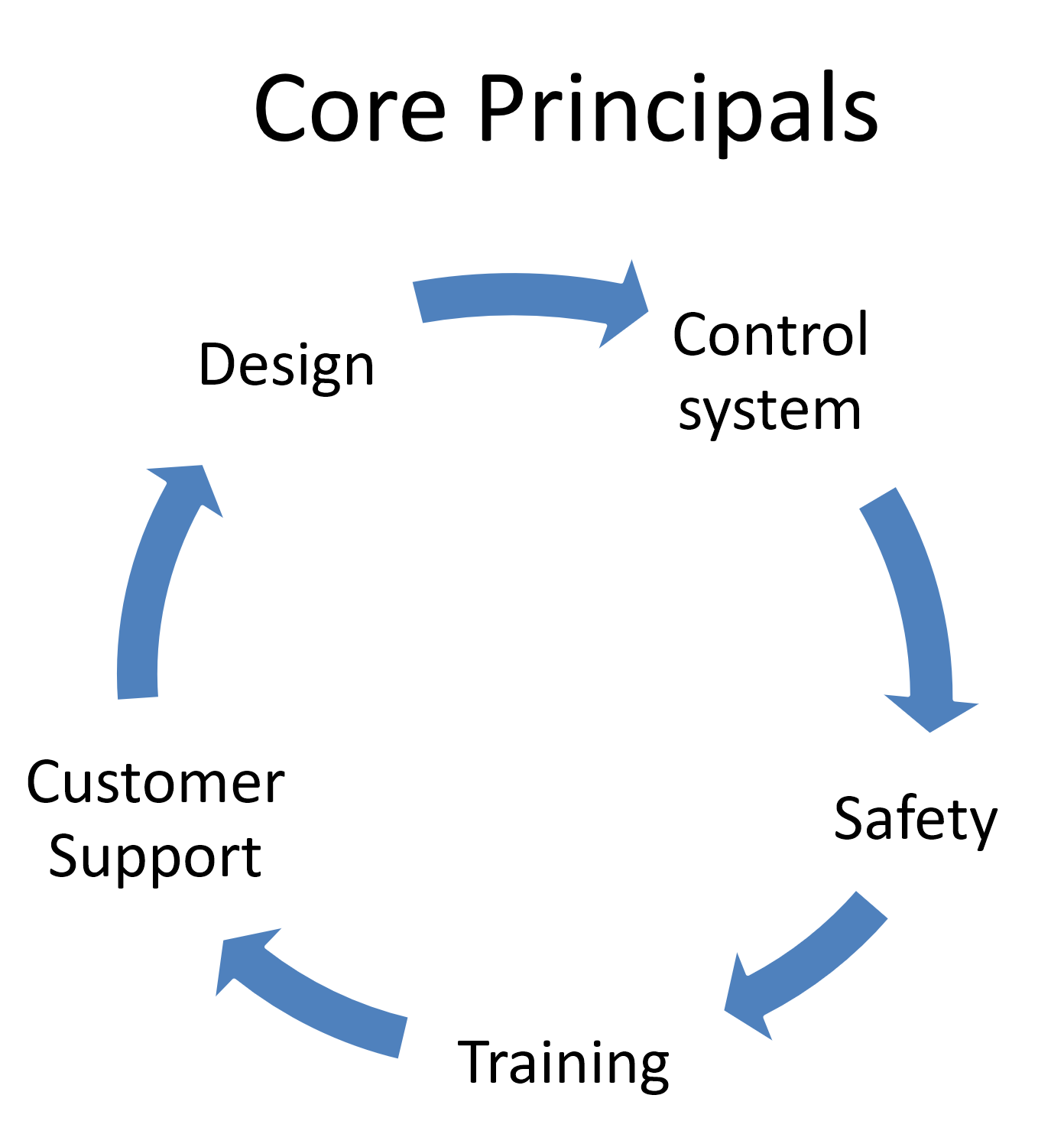Applications: electronic paper, flexible circuits, photovoltaic, medical strips, RFID (Radio Frequency Identification) and Low-E film, ITO thin film coatings
Roll-to-Roll (R2R) web sputtering deposition processes offer a versatile and scalable method for depositing thin films on flexible substrates continuously. This technology finds a wide range of applications across various industries due to its ability to coat large areas at high speeds with thin films of different materials. Some common applications of R2R web sputtering deposition include:
Flexible Electronics: R2R web sputtering is widely used in the production of flexible electronic devices such as flexible displays, RFID tags, smart cards, and wearable electronics. It enables the deposition of thin film transistors, conductive electrodes, and barrier layers on flexible substrates.
Solar Cells: Thin film solar cells benefit from R2R web sputtering for depositing semiconductor or absorber layers such as amorphous silicon, cadmium telluride, and copper indium gallium selenide (CIGS) on flexible substrates. This technology allows for cost-effective and high-throughput manufacturing of thin film photovoltaic devices.
Barrier Films: R2R web sputtering is used to deposit barrier films with excellent gas barrier properties on flexible substrates to protect sensitive materials from moisture, oxygen, and other environmental factors. These barrier films find applications in packaging, electronics, and displays.
Decorative Coatings: R2R sputtering deposition is utilized in the production of decorative coatings on flexible substrates for applications in automotive trim, consumer electronics, and architectural glass. Materials like metallic layers, oxide coatings, and multilayer interference coatings can be applied using this technique.
Flexible Sensors: R2R web sputtering enables the deposition of thin film sensor elements on flexible substrates for applications in wearable sensors, healthcare devices, and IoT applications. Sensors such as temperature sensors, humidity sensors, and gas sensors can be fabricated using this technology.
Optical Films: R2R sputtering is employed for depositing optical coatings on flexible substrates for applications in anti-reflection coatings, reflective coatings, optical filters, and color filters used in displays, lenses, and optical devices.
Printed Electronics Integration: R2R web sputtering can be integrated with printed electronics processes to create hybrid devices with both printed and sputtered components. This integration enables the production of cost-effective and functional electronic devices on flexible substrates.
Overall, the versatility and scalability of R2R web sputtering deposition technology make it suitable for a wide range of applications in industries such as electronics, energy, packaging, optics, and sensors, where thin films on flexible substrates are required.





